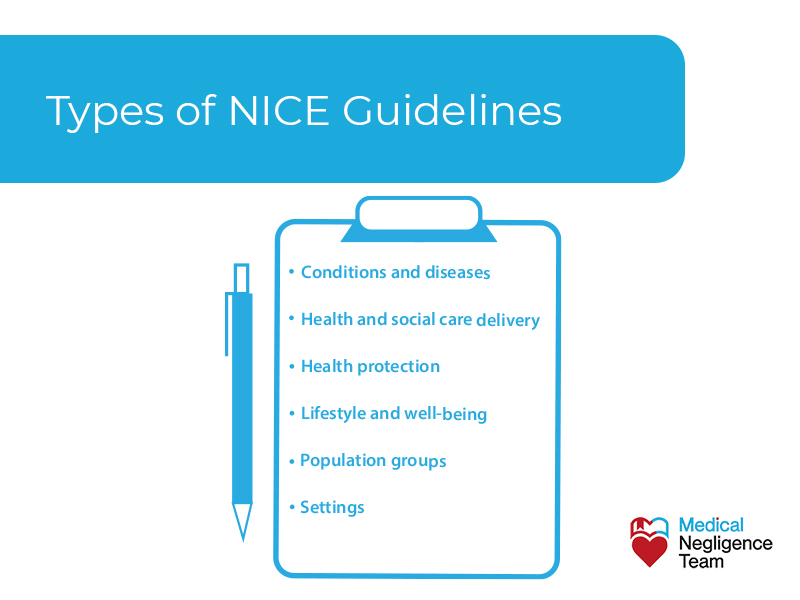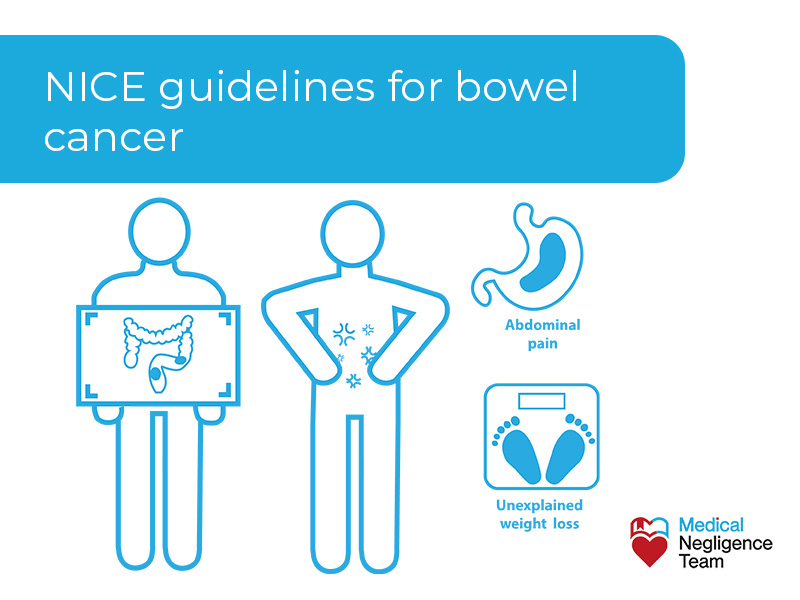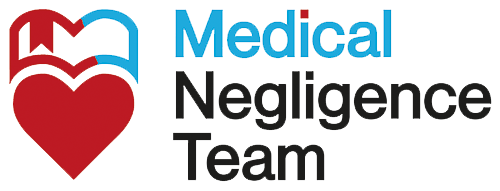NICE Guidelines are for the NHS’s safe and effective delivery of health care services. The National Institute for Health and Care Excellence is a government-run body set up to ensure the best use of NHS resources when providing healthcare.
The NICE Guidelines ensure that healthcare is delivered with the patient in mind and that best practice is involved in every medical decision and procedure.
The NHS has a budget of billions to provide the best of healthcare to the people of the UK. When using the NHS, you want to know that you are getting top-quality health care.
The only way to provide it is by spending the annual budget wisely and correctly.
NICE exists to make sure that the annual budget is spent on delivering quality healthcare and that there is no waste in the system.

Table of content
What are NICE Guidelines?
NICE Guidelines are the recommended steps to follow by NHS staff when dealing with patients in their care.
In any workplace, guidelines exist for customer service, safety standards and work practices. It is not any different in the NHS, where guidelines are needed to ensure the best value is achieved from the taxpayers’ money it receives.
The guidelines are there to assist medical staff, to make their work easier, and also to ensure patients are cared for properly.
There are NICE Guidelines for:

NICE Guidelines for Conditions and diseases
Conditions and diseases cover how the NHS should approach ill people in the care of its medical staff.
It covers all conditions, from blood and immune system problems to liver and urological ones.
Diseases cover cancer, cardiac problems and all day-to-day diseases the population of the UK contract and live with in their lifetime
NICE Guidelines Health protection
Health protection guidelines are for the proper delivery of NHS educational services to prevent ill health and promote healthy lifestyles.
The guidelines recommend ways to deal with areas such as drug use, infectious diseases and how to live in a healthy environment.
NICE Guidelines Lifestyle and well-being
Lifestyle and well-being guidelines promote the best ways to approach unhealthy ways of living.
Drug misuse or abusing alcohol and obesity can create big problems for the NHS. NICE guidelines help staff to deal with patients suffering from such lifestyle difficulties and to help with their care.
Guidelines for staff promoting healthy lifestyles and practices can help patients through their struggles and reduce problems later in life.
NICE Guidelines Population groups
Population groups differ across the NHS, and NICE Guidelines help staff to understand better who they are treating and the problems they could face.
Groups in society who staff may need guidelines when meeting in an NHS setting range from people with disabilities to older people, vulnerable groups and ethnic minorities.
Nice Guidelines for Settings
Settings cover areas where NHS staff may come in contact with patients. While hospitals are a common setting, places such as prisons, care homes and the workplace are other ones.
Community engagement and working with schools are other settings where NICE Guidelines come into force.
When are NICE Guidelines used?
NICE Guidelines should be used whenever a member of the public comes in contact with a medical professional, hospital or clinic.
They exist to ensure a smooth service and that the highest medical care possible is given to every patient.
Common questions around NICE Guidelines are:
What are the NICE Guidelines for Cancer?
The NICE guidelines for cancer are to ensure prompt diagnosis and a referral for treatment within two weeks.
There are many cancers, each with its own set of NICE referral guidelines when there is a refer instruction so when certain symptoms and criteria are met a medical professional should make a two-week window referral either automatically or in some cases at least consider a referral.
NICE Guidelines for each suspected cancer include:

What are the NICE Guidelines for GP care?
NICE Guidelines for GP care cover how the GP practice should be run and how the GP interacts with patients.
GPs are often where the first diagnosis is made, and NICE Guidelines help a GP with symptoms and referral for further treatment.
GPs must be aware of updates to NICE Guidelines and use them when treating patients in their care.
NICE also produces guidelines for improving general practice and on how to keep the practice up to date.
What are the NICE Guidelines for Hypertension?
NICE Guidelines for hypertension aim to prevent the further effects of high blood pressure and reduce death from cardiac disease in the UK.
The NICE guidelines for hypertension cover:
The NICE Guidelines for hypertension must be followed for all adults who present with any symptoms.
For existing cardiac patients, pregnant women and anyone with diabetes, guidelines must be followed for their condition, as well as those for hypertension.
The NICE Guidelines for all diseases, conditions, healthcare settings and anywhere NICE oversees are available here.
Are NICE Guidelines up to date?
All NICE Guidelines are as up-to-date as possible. The NICE committees constantly review and amend guidelines, and all Guidelines on their website are dated, including all updates.
Where Guidelines are in review, NICE states what is happening and when the updates are due to be published.
What is a NICE Committee?
A NICE Committee draws up the guidelines for each area that NICE oversees. They deliberate on the guidelines, carry out reviews and implement any necessary updates to the guidelines.
Members of the public are encouraged to attend NICE committee meetings and observe how NICE works.
Who are NICE?
NICE consists of a board of executive and non-executive experts who oversee the organisation’s workings. The current board consists of six executive directors and 12 non-executive directors.
Both executive and non-executive directors are drawn from the medical and the lay world. They are experts in their particular fields and have worked in the public or private sector.
Board members oversee the running of NICE and the functioning of the NICE committees, which decide the guidelines.
The NICE Guidance Executive
The NICE Guidance Executive is responsible for considering all guidelines, updating existing ones and for the standard of all NICE publications.
Members of the NICE Guidance executive are composed of executive board members, senior team members, and guidance centre directors.
The NICE Guidance executive meets weekly to agree on all NICE Guidelines updates and publications.
NICE Guidelines
NICE Guidelines help doctors and all medical professionals in their day-to-day workings in the hospital, GP practice and anywhere public health care operates.
If you or a loved one is in contact with any branch of the NHS, you should expect that NICE Guidelines are being followed and you are getting the best of care.


NICE Guidelines for Health and social care delivery
Health and social care delivery involves aspects of NHS services from staffing to emergency care and everything in between.
NHS services need to be delivered in a respectful, patient-centred manner. They should be well organised, easy for the patient to access and use, and simple to understand.